
Claudia Cardinale is Italy’s counterpart to France’s Brigitte Bardot. She quickly rose to stardom to almost just as quickly disappear from the scene later on. Now, Claudia Cardinale celebrates her 85th birthday.
The Italian star was originally discovered at a beauty contest held in 1957 by the Unitalia film company. The “most beautiful Italian woman of Tunis” subsequently won a trip to the Venice Film Festival that was to become a decisive turning point in her life. The sultry young woman was born on April 15, 1938, in Tunis, the capital of Tunisia. Her mother was French, and her father Italian.
In 1958, Cardinale, known as CC, played her first role in “Goha” opposite Omar Sharif before being trained as an actress at the Italian Film Academy in Rome. Her talents as an actress renowned for her dauntless rambunctiousness gained her fame, and her gaze into the camera became legendary.
Famous director Luchino Visconti gave her minor roles in “Rocco and his Brothers” (1960), as well as in the historical drama “The Leopard” (1962) with Alain Delon. As she later recounted in a biographical interview, she rebuffed all of her famous film partners, Jean-Paul Belmondo, Marcello Mastroianni, Alain Delon and Burt Lancaster.

A beauty queen turned into a film diva
Cardinale is Italy’s counterpart of Brigitte Bardot. But in contrast to Bardot, Cardinale never appeared nude in a film: “I always thought it was more erotic to leave some room to imagination, hinting at things rather than showing everything,” she told the German magazine Stern in 2014.
CC achieved her breakthrough with her performance in the highly popular Italo western “Once Upon a Time in the West” (1969). The classical western directed by Sergio Leone and starring Henry Fonda and Charles Bronson was shot in Rome’s Cinecittà studios and in Spain with some scenes set in Utah’s Monument Valley. The film that flopped in the US only acquired cult status in Europe.
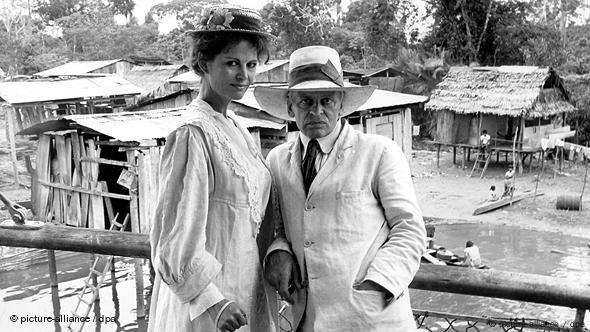
CC’s career already saw a downswing in the 1970s. She then turned to television films, especially entertainment films where she showed some talent as a comedian. She got her last main role in a movie in 1971 when she starred opposite her main rival, Brigitte Bardot, in the Italo western comedy “Frenchie King.”
Spending time in a jungle with Werner Herzog
Ten years later, CC starred in German director Werner Herzog’s historical film “Fitzcarraldo” (1981). Although Claudia Cardinale had a difficult time enduring the bouts of anger of her eccentric film partner Klaus Kinski, she greatly enjoyed shooting and working with director Werner Herzog: “Being in the middle of the jungle with insects all around me and nothing to eat was one of my most wonderful adventures,” she later stated.
Claudia Cardinale and other heroines of European film
Claudia Cardinale is seen as Italy’s counterpart to France’s Brigitte Bardot. The actress who became a star in the 1950s and 60s now celebrates her 85th birthday.
Claudia Cardinale
She’s the youngest of Italy’s three major female stars. Claudia Cardinale worked with outstanding directors like Luchino Visconti and Federico Fellini. She fascinated audiences with her charming smile and acting skills in westerns, among them “Once Upon a Time in the West” and “The Professionals” (pictured).
Gina Lollobrigida
One of the most highly acclaimed European stars of the 1950s and 60s was Gina Lollobrigida who was born in the East of Rome in 1927. “Lollo” even made it to Hollywood where she was equally showered with praise. In the 1970s, however, she withdrew from showbiz.
Sophia Loren
Another Italian actress, Sophia Loren, who was a few years younger than Lollo, became her fiercest rival. The mutual hatred and jealousy of the two stars was a frequent topic in tabloids. In contrast to Lollobrigida, Sophia Loren continued to perform in movies even as an older woman.
Brigitte Bardot
During the same time, another sexpot rose to stardom in France with movies like “And God Created Woman” and “Love is my Profession.” Brigitte Bardot, the superstar of the Grande Nation, withdrew from film production in the 1970s to devote herself to animal rights causes.
Catherine Deneuve
A decade later, Bardot’s compatriot Catherine Deneuve broke onto the film scene. Deneuve differed much from both Loren and Lollo by playing roles as aloof and myterious women early in her career. Deneueve’s talent as an actress guaranteed her success throughout her life.
Romy Schneider
The two decades between 1960 and 1980 were also the golden era of German-French actress Romy Schneider. Born in Vienna, she made her breakthrough in the German-speaking world as “Sissi” before moving to France. In Paris, she became one of the most charismatic and impressive actresses of European film scene. But in her private life, she was anything but lucky. She died in 1982.
Penélope Cruz
One of the most famous Europen actresses in recent decades is Spanish actress Penélope Cruz. Cruz started her career in her home country before achieving fame in other European countries and, finally, Hollywood. Her performances received a lot of acclaim, especially in films by director Pedro Almodóvar, among them “Volver” (pictured).
Irene Papas
After 1945, actresses from smaller European nations were able to conquer the hearts of audiences across Europe. One of them was Irene Papas who is also renowned as a singer in her home country, Greece. She celebrated her biggest success in “Zorba the Greek” (1964) before also working in other European countries, and in Hollywood.
Tatjana Samoilova
While films from Italy, France, Germany and England dominated the film scene during the postwar era, it should not be forgotten that eastern Europe had much to offer too. One of the biggest female stars of Russian film was certainly Tatjana Samoilova who achieved world fame with the movie “The Cranes are Flying” (1957).
Krystyna Janda
Polish actress Krystyna Janda became known in the 1970s for her performances in films by Polish director Andrzej Wajda. She then performed in international co-productions with stars like Lino Ventura. In her home country, Krystyna Janda is also known as a singer and an an author.
In 1993, CC received a Golden Lion for lifetime achievement at the Venice Film Festival to be followed in 2002 by an “honorary bear” at the Berlinale. The spirited actress performed in more than 100 films.
In 2017, CC once again drew attention at an international film festival. A photo depicting her as a young actress embellished a placard in Cannes where she had often been invited as an honorary guest. On April 15, Claudia Cardinale will turn 80. Happy birthday!
This article was originally published April 15, 2018 and updated.
A Stranger’s Note on My Husband’s Car Made Me Call My Lawyer

A Stranger’s Note on My Husband’s Car Made Me Call My Lawyer
When Sierra is in mom-mode, trying to get her kids off to school, she finds a sticky note on her husband’s car that makes her question where he had been the entire weekend. Wanting answers, she phones the number on the note and slowly, secrets unravel with her marriage.
It was a typical Monday morning. I was in my mom zone, trying to get the kids off to school on time. That’s when a piece of pink paper changed everything.

A close-up of smiling children | Pexels
I had just put the kids into the car and was about to put their lunch bags and backpacks in with them when I saw the bright pink sticky note plastered on the trunk of my husband’s car.
I paused, my heart pounding, and walked over to read it.

A pink sticky note on a car | Source: Midjourney
“Sit tight,” I told the kids. “I’m coming now! I just want to see what’s on Dad’s car.”
“Okay, Mom,” Natasha shouted from the backseat.

Children sitting in a car | Source: Midjourney
Sorry, I scratched your car last night. You shouldn’t park on the street though! -Neighbor from 283. This is my number in case you need anything!
Confusion and nausea washed over me. We don’t live near a house with that number, and my husband, Thomas, always parked in our garage.

A woman reading a sticky note | Source: Midjourney
“What was it?” my daughter asked when I slid into the driver’s seat.
“Nothing, honey,” I said. “Just a piece of paper that got stuck on Dad’s car.”

A woman in the driver’s seat | Source: Unsplash
Tom had just returned from a business trip this morning, so his car should have been parked at the airport the entire weekend.
My mind raced, and a sinking feeling settled in my stomach.
I knew that something was about to change.

A man wearing a suit | Source: Unsplash
“Enjoy your day, babies!” I said as the kids got out of the car at drop-off.
“Don’t forget, we have to make cookies for school tomorrow,” Natasha reminded me. “We need like sixty cookies, Mom.”
I left the kids and drove to the grocery store, needing to get everything for the cookies that we needed to bake.

An aisle in a grocery store | Source: Midjourney
“Can I help you, ma’am?” a young woman asked me as I walked up and down the baking aisle. She tied the grocery store’s apron tightly onto her.
“No, thank you,” I said absentmindedly. “I’m just browsing.”
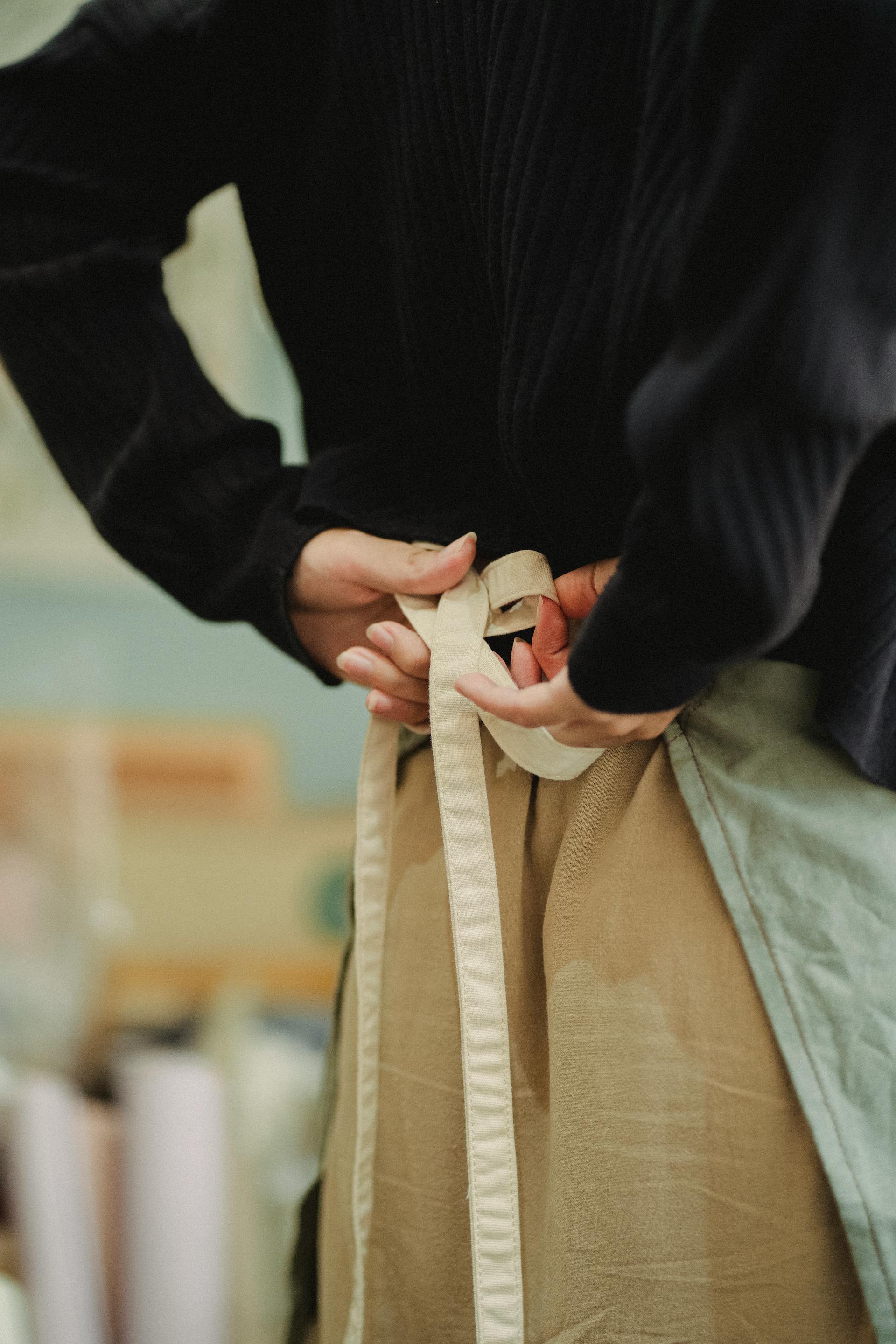
A person tying an apron | Source: Pexels
But my mind just couldn’t stay focused at all. What was Thomas playing at?
I filled up the cart as I went up and down the aisle, getting enough ingredients for everything we needed and then paid.
Then, I decided to call Thomas and just check in.

A woman holding a phone and a card | Source: Pexels
“Hi, honey,” I said the moment he picked up.
“Hey, Sierra,” he said. “Are you okay? I’m just getting into a meeting now. I’ll speak to you later.”
And he cut the call.

A woman using her phone | Source: Pexels
“What on earth is going on?” I said aloud as I picked up gummy worms for Jake, my son.
Later, I picked up the kids and made toasted sandwiches while Natasha and I baked for her class.

A child holding a plate of toast | Source: Pexels
“Is everything okay, Mom?” Natasha asked, mixing in the chocolate chips. “You’re not helping Jake with homework.”
“Everything is fine,” I said, turning my focus back to my children.
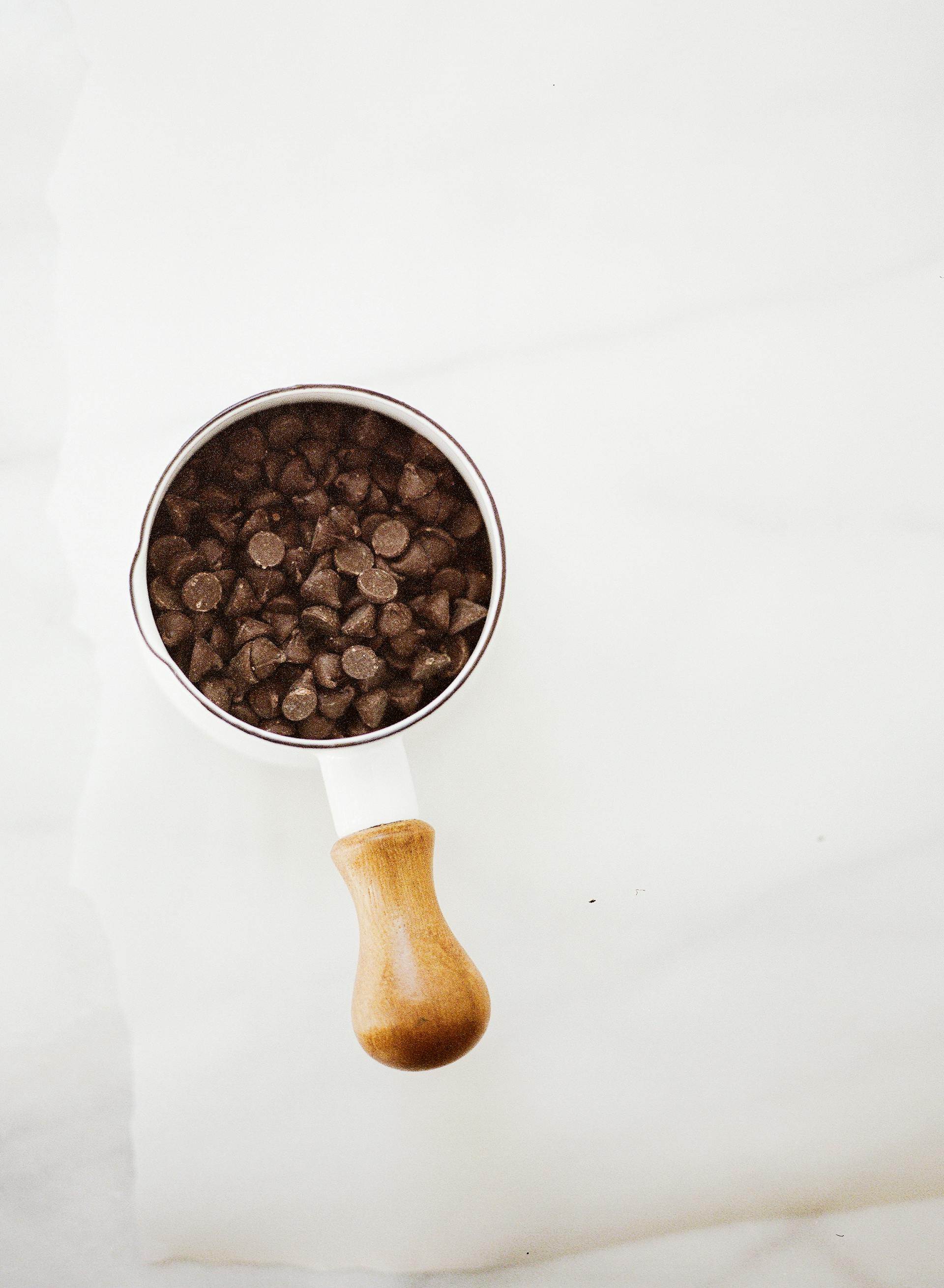
Chocolate chips in a container | Source: Pexels
But still, my mind raced and I couldn’t shut it off. I was distracted and unable to stop the conspiracies that plagued my mind.
That evening, after tucking the kids into bed, I dialed the number on the note. The phone rang twice before a cheerful voice answered.

A little girl tucked in bed | Source: Pexels
“Hello, is this house 283?” I asked, nervously.
“Yes!” the woman said. “Who am I speaking to?”
“Sierra,” I said. “I’m sorry, but I found your note on my husband’s car this morning. Can you tell me more about the incident?”

A woman holding a phone | Source: Pexels
There was a brief pause.
“Oh, yes, I’m Jane. I’m really sorry about that. I accidentally scratched his car when I was parking last night. I live at 283 Elm Street. Are you new to the neighborhood?”
My heart pounded.
“No, no,” I said. “I’m sure Thomas was just visiting a friend. Don’t worry about the scratch, I saw the car. It’s all good!”

A parked car | Source: Pexels
“Oh, are you sure?” she asked. “I’m sure that the insurance will cover it.”
“I’m sure,” I said, turning to look out the window. “But can you tell me where exactly he was parked?”
There was silence for a moment.
When Jane spoke, her voice was softer.
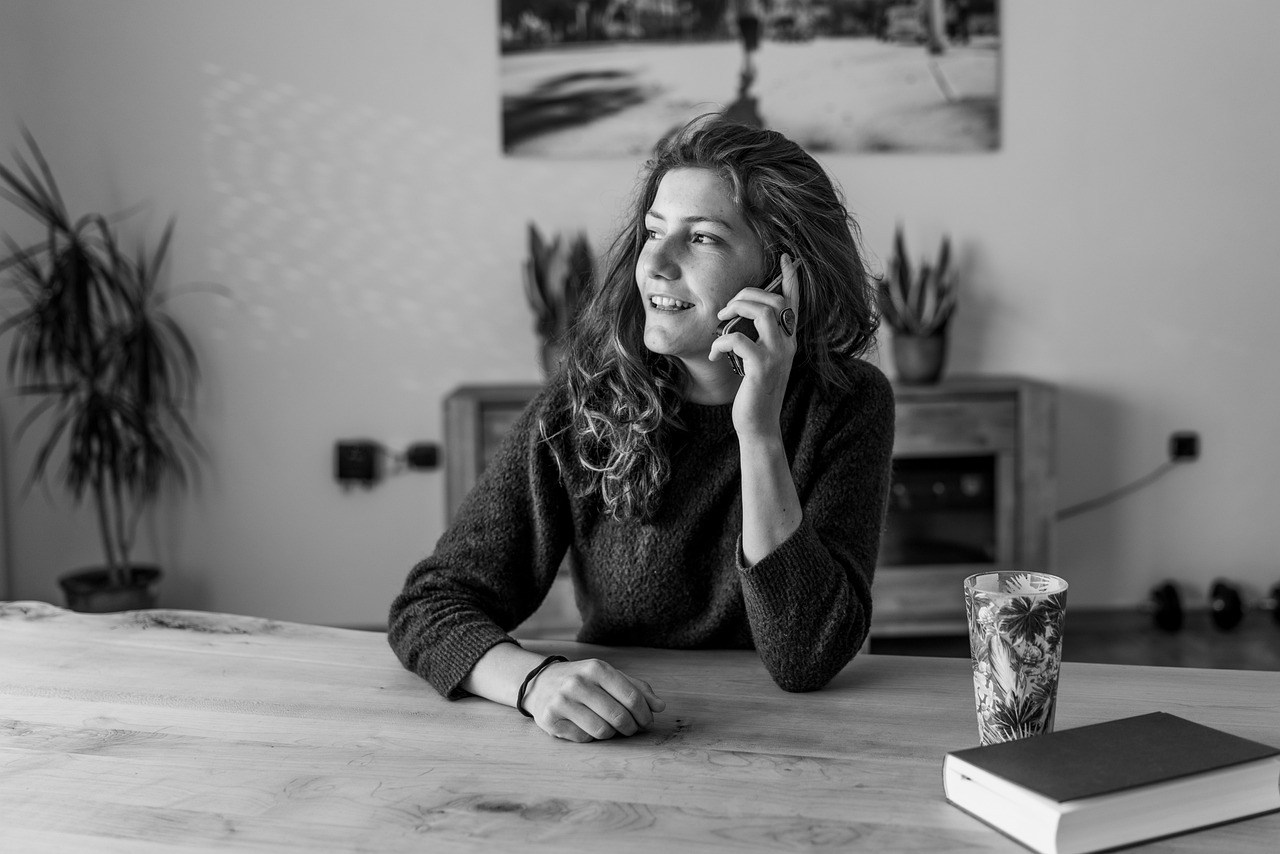
A woman talking on the phone | Source: Pixabay
“He was parked right outside my house. There’s a small park across the street, and next to it, is a woman’s house. I’m sorry,” she said.
“Thank you, Jane,” I said.
I hung up, my mind reeling. Thomas had lied to me. He wasn’t on a business trip. He hadn’t even left the car at the airport.
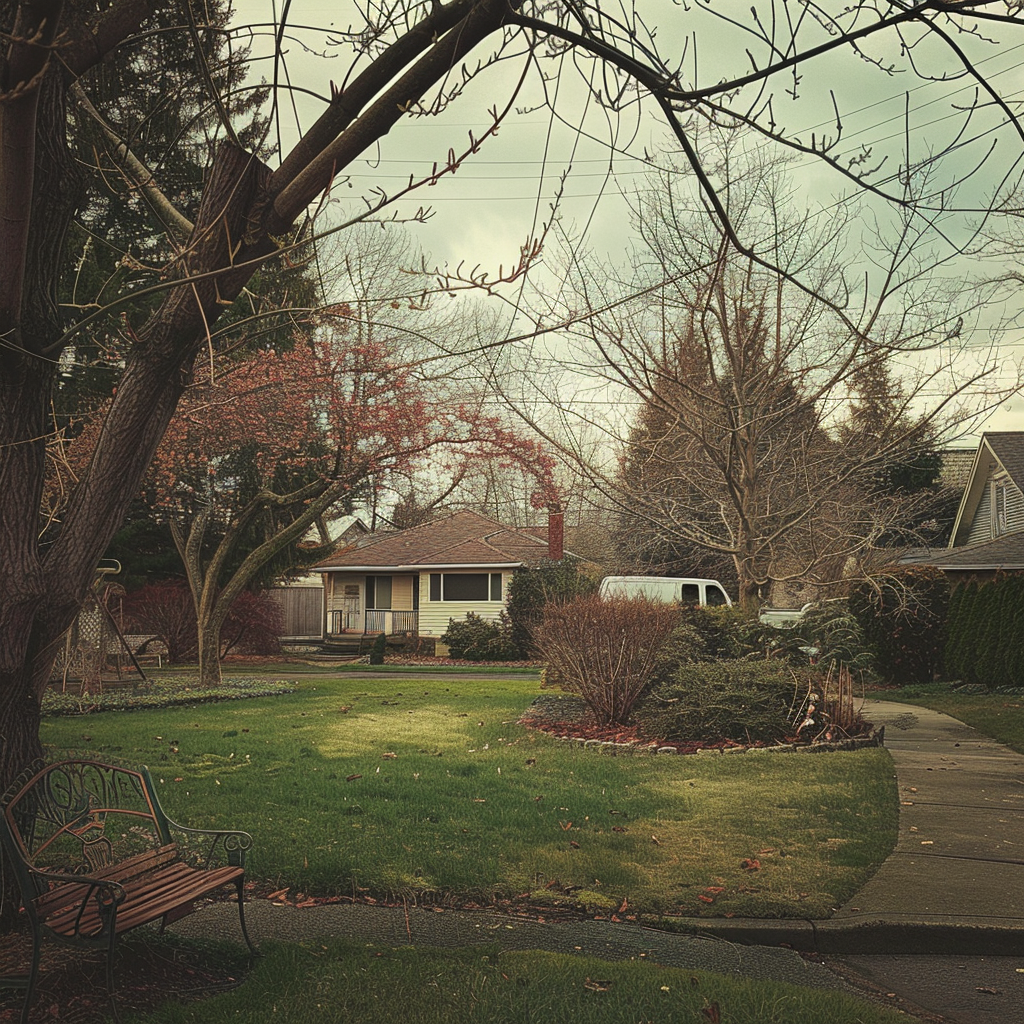
A house with a garden | Source: Midjourney
Instead, he was at some woman’s house.
I didn’t want to confront my husband yet. I needed proof first. So, I got into bed beside him and forced myself to fall asleep.
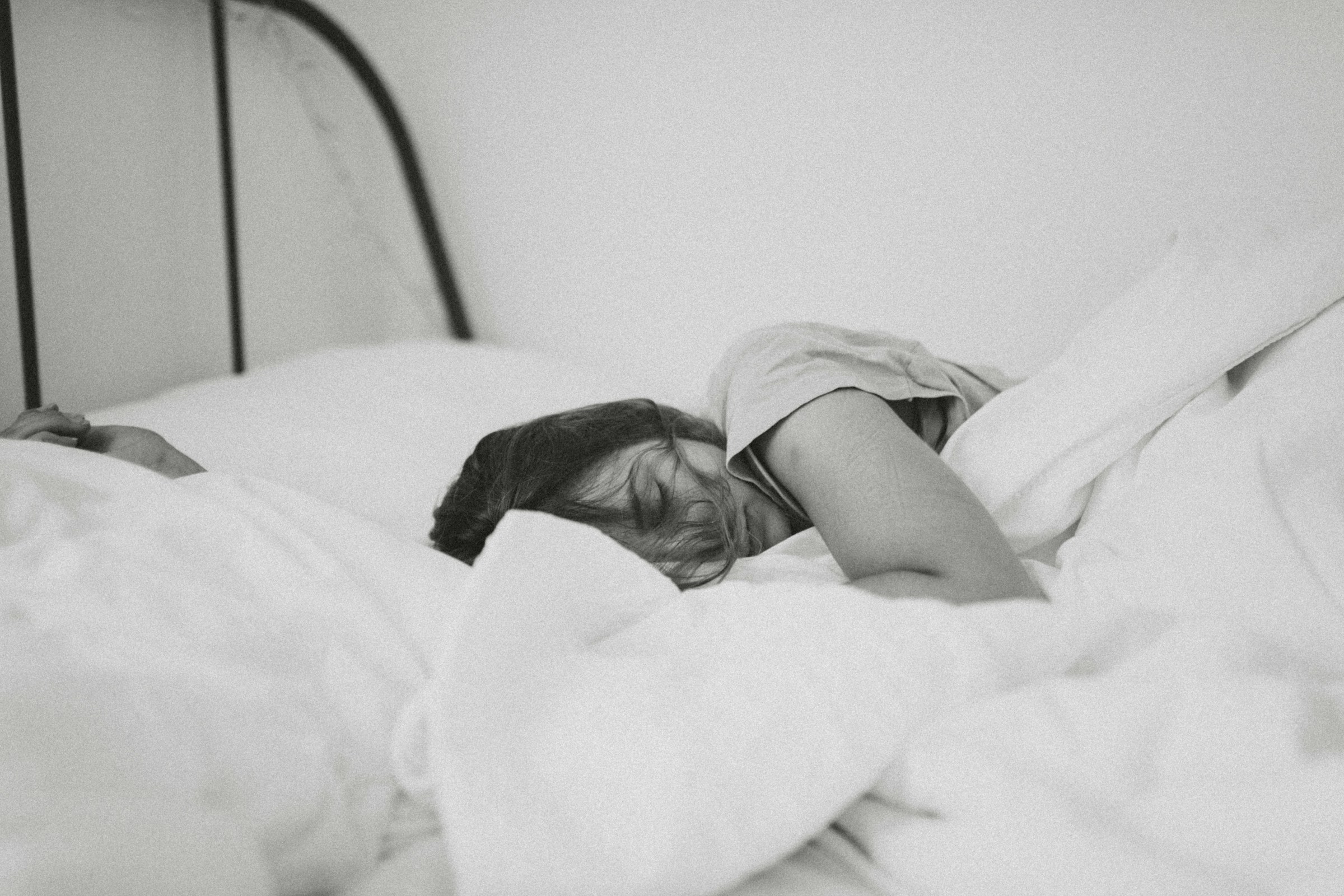
A woman sleeping in bed | Source: Unsplash
The next morning, I gave the kids cereal for breakfast while trying to decide my next move.
After dropping them off at school, I drove to Elm Street. According to the GPS, it was about twenty minutes away from me. I looked for the park and the house next door.
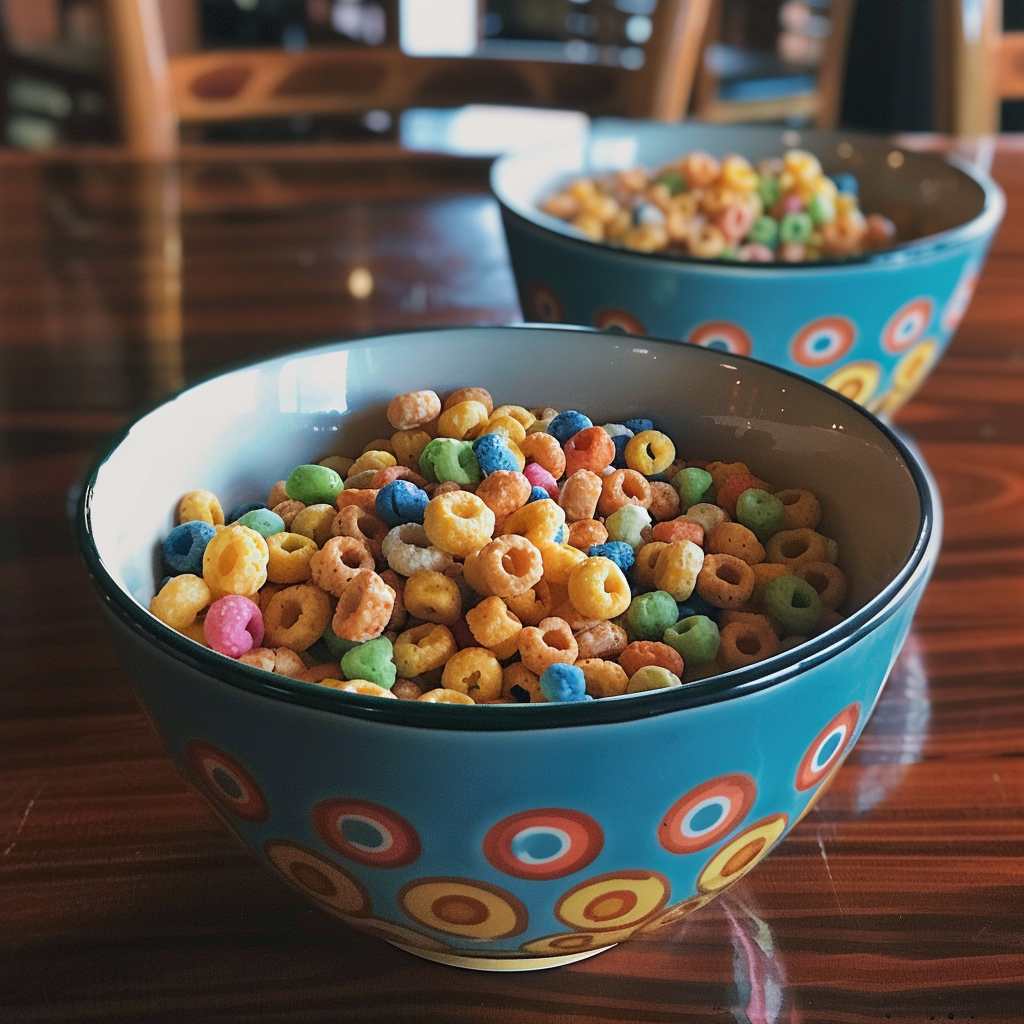
Bowls of cereal | Source: Midjourney
Before doing anything else, I knocked on the door. A few moments later, a woman in her thirties opened the door.
“Hi, can I help you?” she asked.
“My name is Sierra,” I said. “I believe my husband, Thomas, was with you this weekend?”
Her eyes widened, and she covered her mouth with her hand.

A white front door | Source: Midjourney
“Oh, my God. I had no idea he was married. Please, come in. I’m Mary.”
My heart ached, and my wedding ring seemed to get tighter around my finger.
“He didn’t mention us? His family?” I asked.
Mary shook her head.
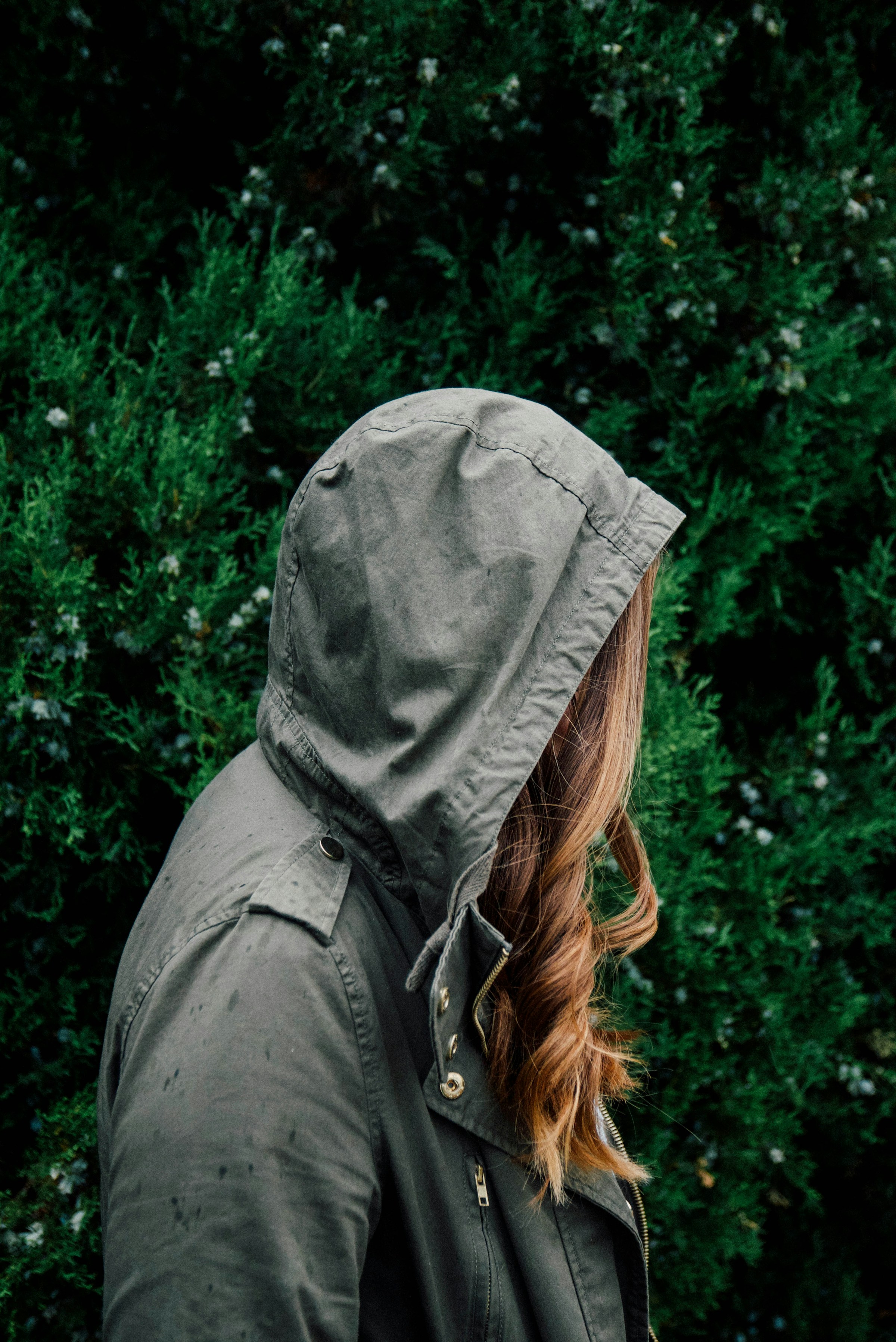
A woman hiding her face | Source: Unsplash
“No, he told me he was single. We met at a local market, and we’ve been seeing each other for a few months now. But he did say that work has been hectic recently. So we haven’t seen each other very often.”
“Mary, I need your help. I need evidence of his infidelity for my divorce lawyer. I can’t stay married to a man like this, especially with my kids. Can you help me?”

People at a farmer’s market | Source: Unsplash
Mary looked at me with determination.
“Of course,” she said. “We need to catch him in the act.”
Later that evening, Mary was going to text Thomas and invite him over. She told him that she really wanted them to have dinner together at home.
“I’ll tell him that I cooked,” she told me as I left her home. “That usually gets him here.”

A homecooked meal | Source: Midjourney
I left the kids with my mother and drove to Mary’s house, ready to catch Thomas in the act. When he arrived, Mary kissed him at the door.
My stomach turned, but I snapped the picture anyway. Then, I stepped out of my hiding place.
“Thomas,” I demanded. “What the hell is this?”
His face turned pale.

A couple embracing | Source: Unsplash
“Sierra, what are you doing here?”
Mary crossed her arms, glaring at him.
“You lied to both of us, Thomas,” she said. “How could you? And you have children?”
He stammered, trying to find the right words, but there were none.
“It’s not what it looks like,” he finally managed to say.
“Save it,” I said, holding my camera. “I have all the proof I need. I’m ready to file for divorce.”

A close-up of a camera | Source: Unsplash
“Sierra, please,” he said, trying to follow me to the car.
I brushed him off and got in, ready to head home to my children.
In the following weeks, Mary and I became unlikely friends, bonded by our shared betrayal. The most surprising thing was how quickly my children got attached to her.
On the day that the papers were finally signed, I felt the biggest sense of relief and empowerment.

Two woman sitting together | Source: Unsplash
Sure, my heart was broken, and so was my home. But as I was trying to fix myself, my children stepped in, ready to fill my life with the joy that only children can.
As for Thomas? He moved back in with his parents. He didn’t even put up a fight to make things better.

Two smiling children | Source: Pexels
What would you have done?


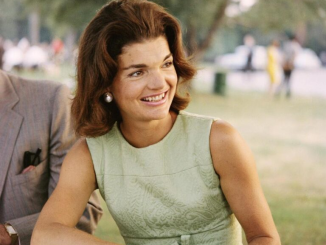
Leave a Reply